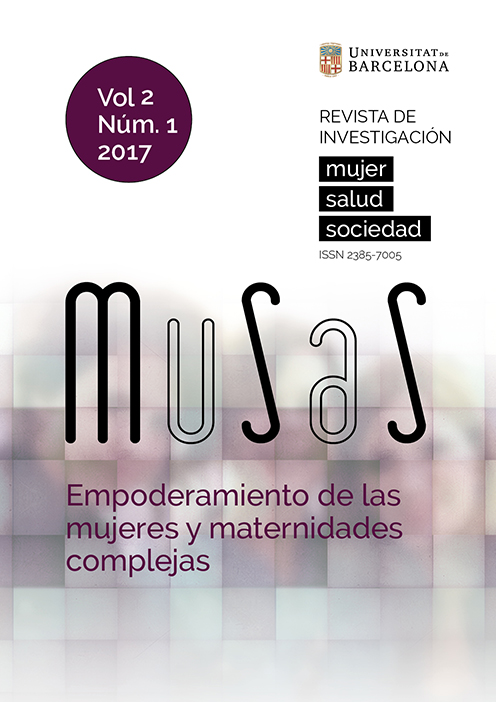CLEF LIP AND PALATE: THE NURSE’S ROLE IN ITS FEEDING TECHNIQUES AND PROCESSES. A BIBLIOGRAPHIC REVIEW
DOI:
https://doi.org/10.1344/musas2017.vol2.num1.6Keywords:
orofacial cleft, cleft palate, cleft lip, feeding, nursing, treatmentAbstract
Introduction
Orofacial cleft is a group of malformations that occur in 1 per 7000 births. Its etiology is fairly unknown but several studies suggest some risk factors, such as an insufficient supply of folic acid during birth and postpartum, infectious agents, tobacco, alcohol, use of certain medications, genetics, age and possible hereditary factors, among others. Regarding its treatment, labial surgery (cheiloplasty) is performed within the first 2-3 months after birth.
Objectives
To identify the nursing practices carried out in the initial stages of feeding babies with cleft lip and palate.
Methodology
A systematic review of scientific databases, including studies on patients with orofacial cleft published within the last 5 years.
Results
A total of 35 articles have been selected to carry out the study.
Conclusions
Nurses play a key role in the process of feeding the patient. They advise, counsel, guide, teach, give support and assist the patient throughout all the process.
Downloads
Issue
Section
License
Authors publishing in this journal agree with the following terms:
- Authors hold the copyright, but MUSAS holds the right of first publication.
- Manuscripts will be disseminated with the Creative Commons CC BY-NC license, which allows sharing it with third parties as long as they recognize the authorship, the first publication right held by MUSAS and the license’s conditions






